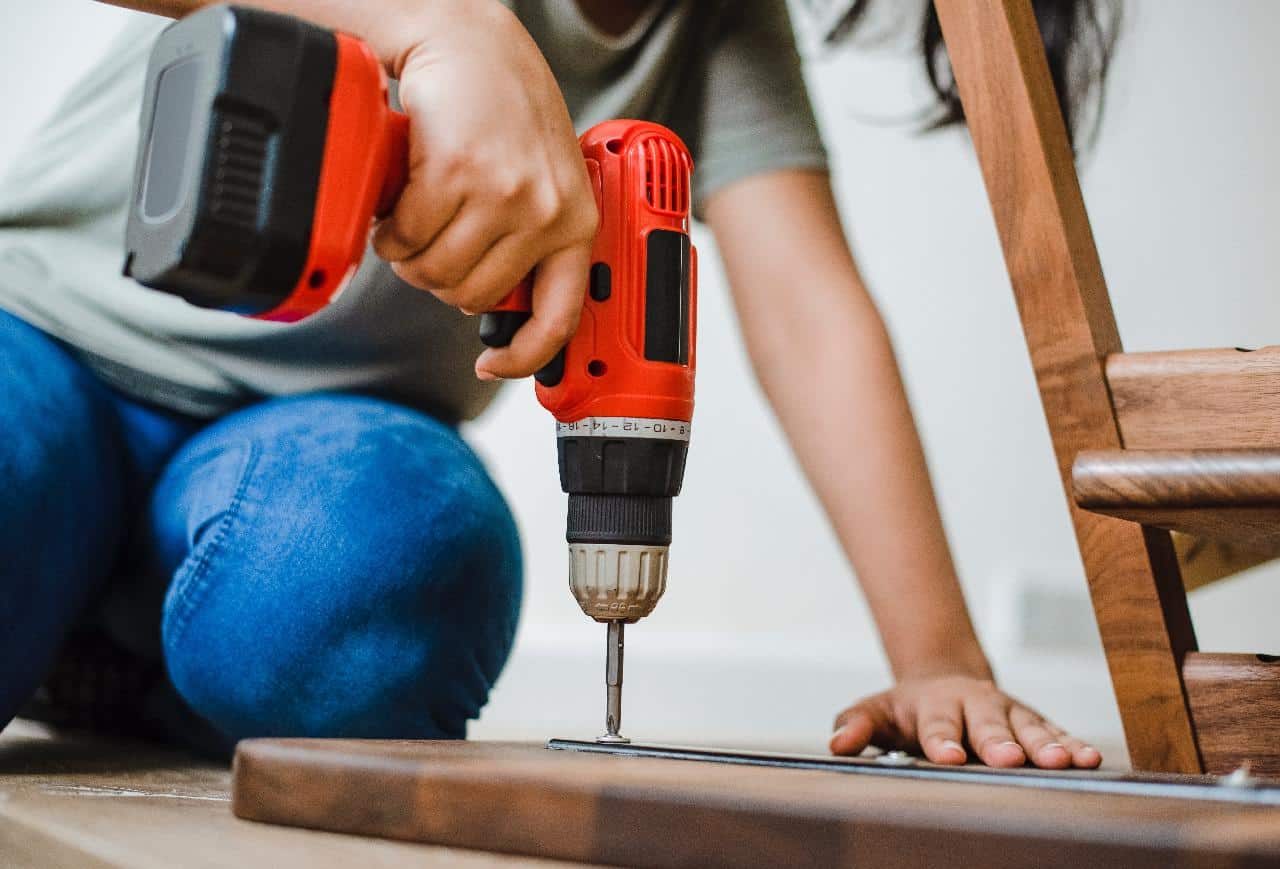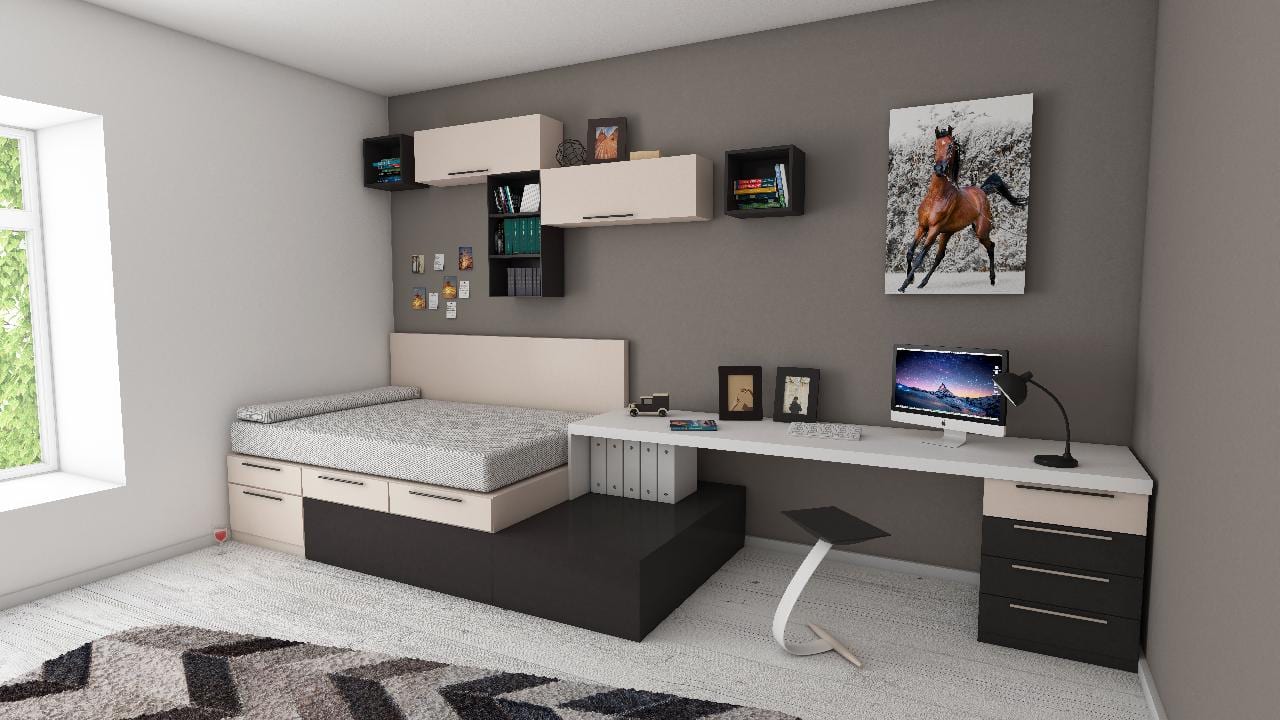When it comes to enhancing the beauty and value of your home, few upgrades rival the elegance and durability of hardwood flooring. But selecting the best installation method is crucial to ensure you get the most out of your investment. Whether you’re remodeling or building from scratch, here’s a comprehensive guide to help you choose the best hardwood floor installation for your needs.
Understand Your Options
Hardwood floors come in various styles and installation methods, each offering distinct benefits. Here are the main options:
a. Solid Hardwood Flooring: Made from a single piece of wood, solid hardwood is known for its durability and timeless appeal. It can be sanded and refinished multiple times, making it a long-lasting choice.
b. Engineered Hardwood Flooring: This type consists of a top layer of hardwood veneer over several layers of plywood or high-density fiberboard. Engineered hardwood is more resistant to moisture and temperature fluctuations, making it suitable for basements and other areas where solid hardwood might not be ideal.
c. Prefinished vs. Unfinished: Prefinished hardwood comes with a factory-applied finish, reducing installation time and mess. Unfinished hardwood allows for customization in stain and finish, but it requires additional finishing on-site.
2. Consider Your Space and Subfloor
Different hardwood floor installation methods are suitable for different subfloor types and areas of your home:
a. Nail Down: This method is ideal for solid hardwood floors and involves nailing the boards to a wooden subfloor. It’s best for areas where the subfloor is wooden and provides a solid, stable base.
b. Staple Down: Similar to nail down, but staples are used instead. This method is also suited for wooden subfloors and is common in areas with high foot traffic.
c. Glue Down: Suitable for both solid and engineered hardwood, glue-down installation involves applying adhesive to the subfloor before laying down the planks. This method is often used with concrete subfloors and helps reduce noise.
d. Floating Floor: Engineered hardwood is commonly installed using the floating method, where planks are connected by a tongue-and-groove system and “float” over the subfloor without being glued or nailed. This method is ideal for DIY enthusiasts and can be installed over most subfloors, including concrete.
Choose the Right Wood Species and Finish
The type of wood and finish you choose will significantly impact the look and longevity of your hardwood floor:
a. Wood Species: Different species offer varying levels of hardness, color, and grain patterns. For instance, oak and maple are popular for their durability, while exotic woods like mahogany provide a unique look but may be more expensive.
b. Finish: Hardwood floors come in a range of finishes, from matte to high gloss. The finish not only affects the appearance but also the level of maintenance required. Matte finishes are great for hiding scratches, while high gloss finishes can enhance color but show more wear.
Professional Installation vs. DIY
While installing hardwood flooring yourself can save money, it requires significant skill and time. Here’s a breakdown to help you decide:
a. Professional Installation: Hiring a professional ensures that the installation is done correctly, reducing the risk of issues like uneven planks or improper acclimation. Professionals can also offer advice on the best materials and methods for your specific needs.
b. DIY Installation: If you’re confident in your skills and have the time, DIY installation can be rewarding and cost-effective. Many hardwood flooring manufacturers provide detailed installation instructions and support for DIYers.
Final Words
Choosing the best hardwood floor installation involves considering various factors, including the type of hardwood, subfloor condition, installation methods, budget, and maintenance requirements. By understanding your options and evaluating your specific needs, you can make an informed decision that enhances the beauty and functionality of your home for years to come. Happy flooring!
Discover more from Futurist Architecture
Subscribe to get the latest posts sent to your email.




